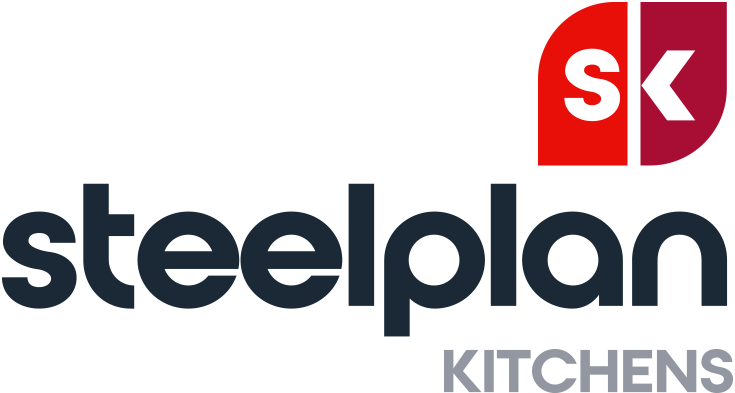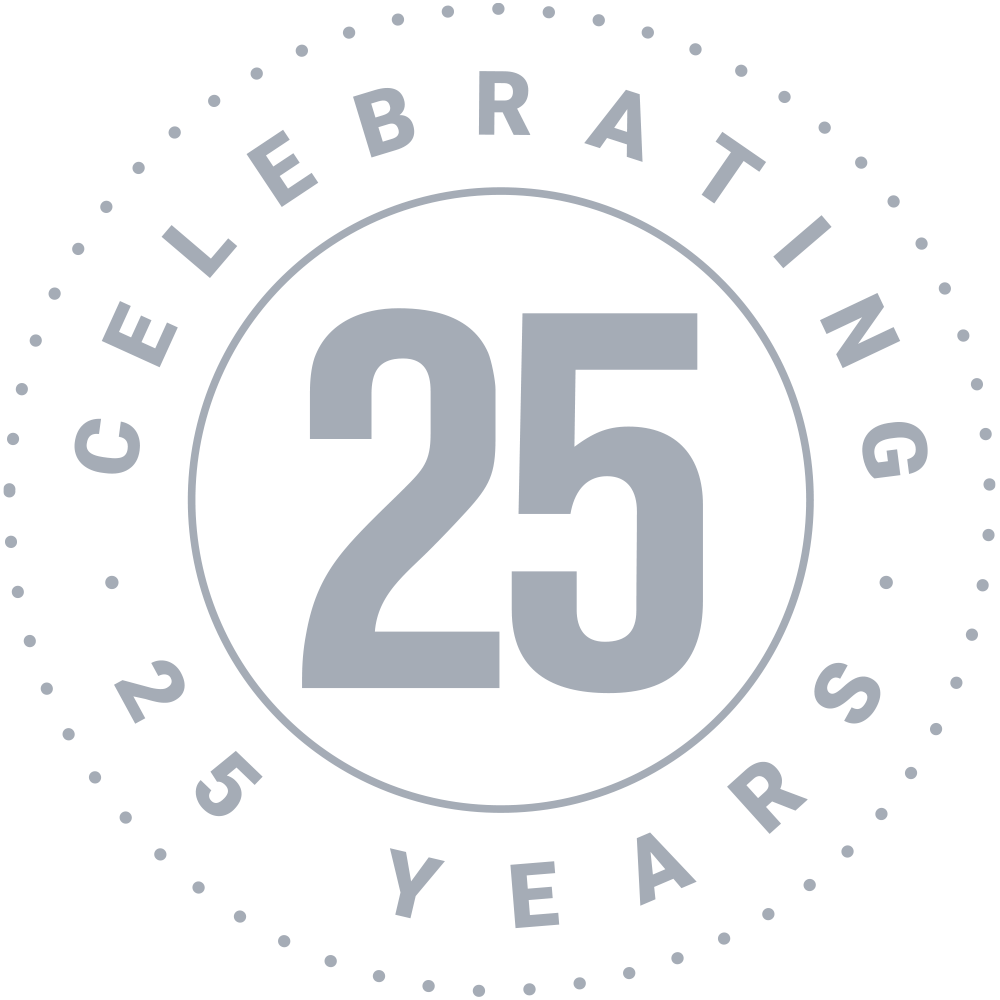In a community space, people of all ages and abilities are likely to use your kitchen. Make sure it’s as safe as can be and prepare for any accidents.
Accidents happen. However, when they happen in your community kitchen, the fallout can spell disaster for the way your enterprise operates. Plus, a semi-commercial kitchen can be intimidating to those who have not used one before, so placing measures to protect yourself and those around you should be at the top of your list.
CARRY OUT REPAIRS
Trip hazards are the most common type of risk in a semi-commercial kitchen. These can occur through spillages and wet surfaces left over through cleaning, but also through floors in poor condition. If you have chipped tiles or loose floorboards, these need to be repaired before volunteers and members of the public use it.
Taking a full inventory and risk assessment of your kitchen can reveal any hidden dangers. We have a checklist you can use to ensure you have covered all bases. While you are waiting for the repairs to be carried out, make sure any hazards are clearly signposted or covered to keep volunteers and members of the public alert to the danger.
KEEP A FIRST AID KIT ON HAND
We know prevention is better than cure, but you still need to be prepared in case of an emergency: investing in a good first aid kit will allow your volunteers to carry out any bandaging required. A basic first aid kit should contain:
- Plasters in a variety of sizes
- Sterile gauze dressings
- Bandages
- Safety pins
- Bandages
- Disposable gloves
- Tools i.e scissors and tweezers
- Cleansing and antiseptic wipes
- Painkillers
- Antihistamines
Other items can be included, like eye washes and distilled water, but these can be added at your convenience. Keeping it in a safe place is also key so it can be accessed when it is required but away from children who may come across it.
SIGNPOST DANGER
There may be hidden dangers all over your kitchen, especially if it hasn’t been updated in some time, and obvious signposting can help your volunteers stay safe when using the space. This can especially come in handy if you rent out your kitchen space to members of the public. They won’t know your kitchen as well as you, and signs will help keep them safe.
Like in most commercial spaces, there are a variety of colour-coded signs that can be used to signal danger. The most common sign you may have around your kitchen would be either yellow or blue.
Yellow is for caution and to make people aware of their surroundings. This can be used for boiling water in a tank and trip hazards. Blue is for mandatory action that needs to be taken to ensure safety, like washing hands before preparing food or wearing a hairnet.
MAKE HYGIENE A TOP PRIORITY
The key to safety is to fight the hidden dangers as well as the obvious ones – and in a semi-commercial kitchen, hygiene needs to be at the forefront of every design decision. Many MDF and wood kitchens over time lose their integrity, allowing food and drink to seep into the material. Not only does this cause your kitchen to fall apart, but creates a home for pests to thrive.
At Steelplan Kitchens, we create and install kitchens made from powder-coated steel. Made to encourage safety and hygiene, they are the perfect choice for keeping your kitchen squeaky clean while being a safe place to work.
Get in touch with our team on 0844 809 9186, or email [email protected]





